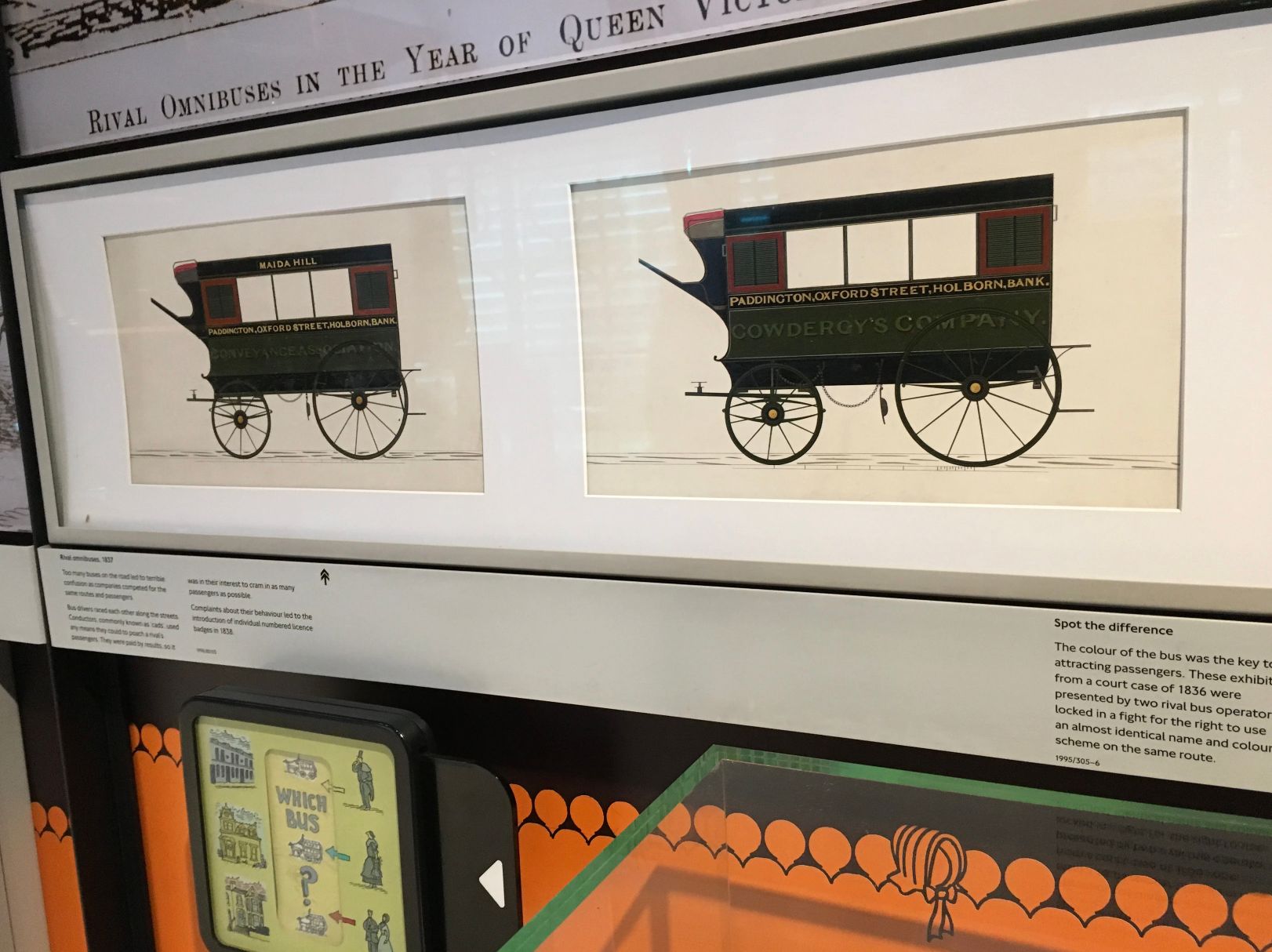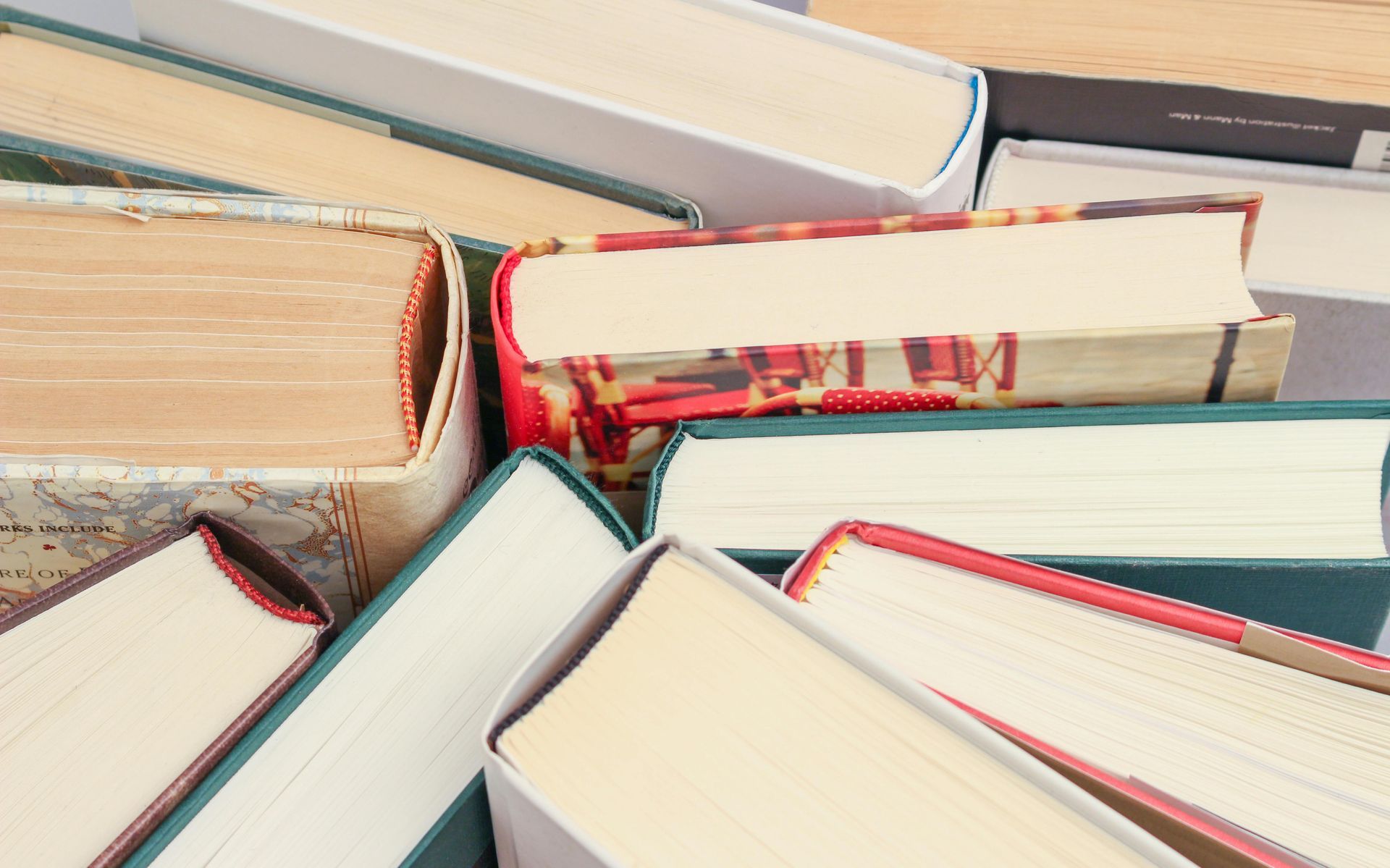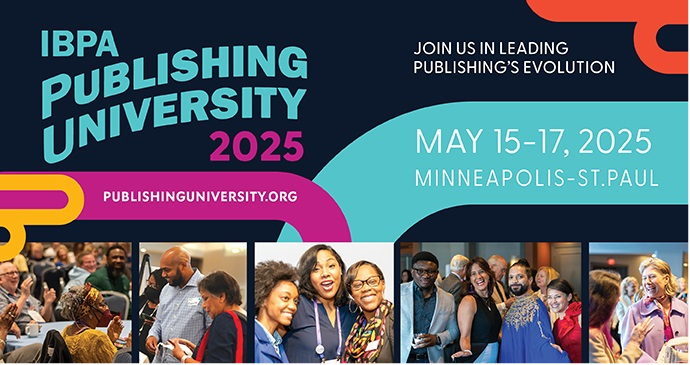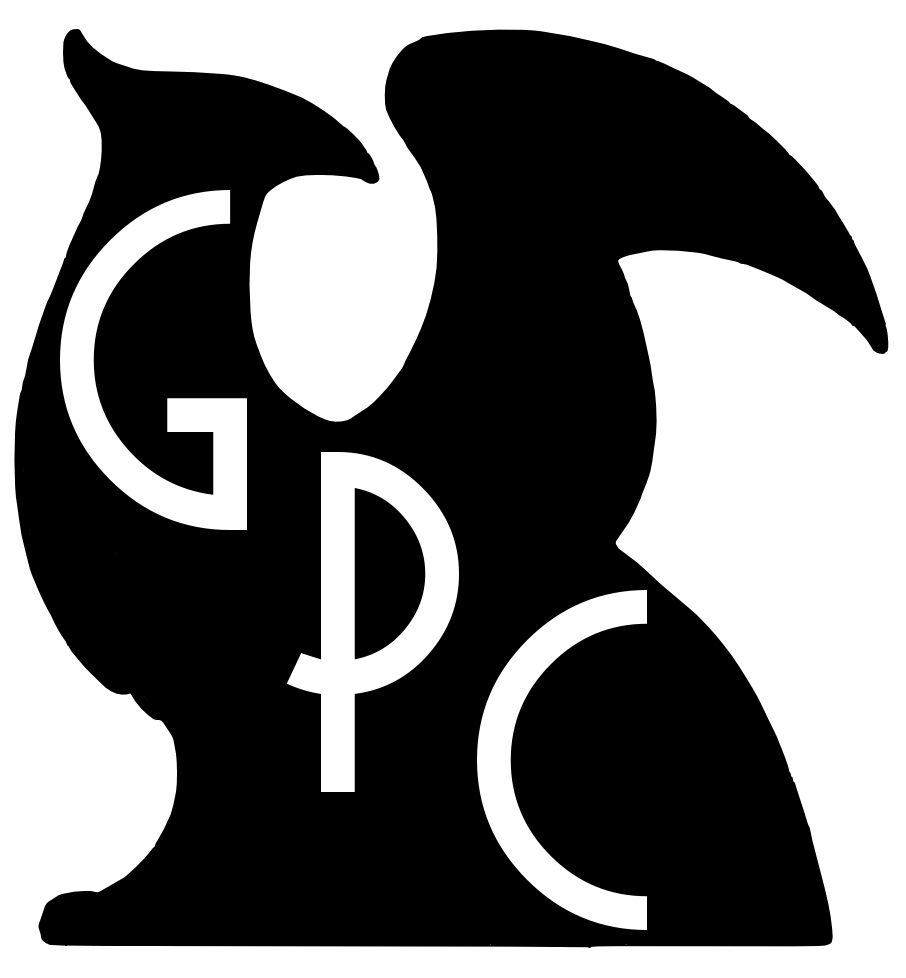Copyright Disputes in Georgian England
I have just returned from a trip to London with my husband who was traveling there for a work assignment.

As it was not my first time traveling there, it was a good time to explore some more offbeat museums and locations.
From visiting the Charles Dickens museum (situated in a house where he lived for a number of years), to the Tate Britain for a chance to look at some of William Blake's original etchings for "Songs of Innocence and Experience," London is truly a bibliophile's playground.
The British Library (which is an amazing place to visit on any day) even had a surprise to offer in the Anglo-Saxon Kingdoms exhibit. Illuminated manuscripts from ages ago? Check. Domesday Book? Check. Original copy of Beowulf? Check.
But to find in a little side panel of the London Transport Museum a court dispute in 1836 which highlights potential infringement in a mechanical design*? Bonus!
Mechanical designs, architectural drawings, literary, or artistic compositions, can be copyrighted. In this particular case, the plaintiff and defendant were locked in a battle to use a particular trolley design and color scheme to attract customers along the same route in London. It seems the defendant felt that they could "borrow" the overall look of its chief competitor in order to trick customers into riding their transportation service instead.
Now, we don't have the information on how the court case turned out, but we'd hazard a guess that the defendant was likely made to change their design (or at the very least, the colors) so as to not cause brand confusion.
What do you think?
*Arguably, this can also be seen as a trademark dispute, but the exhibition didn't really elaborate very much, and truthfully, I don't know enough about trademark law (and especially not in the UK) to make any assumptions. In reality, the case was likely just a dispute between two companies over a route and how much they could potentially copy one another.



